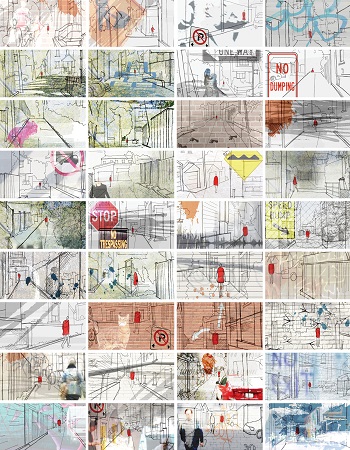Travel to North American Walkable Cities
M.Arch Thesis, Ryerson University, Toronto, 2017
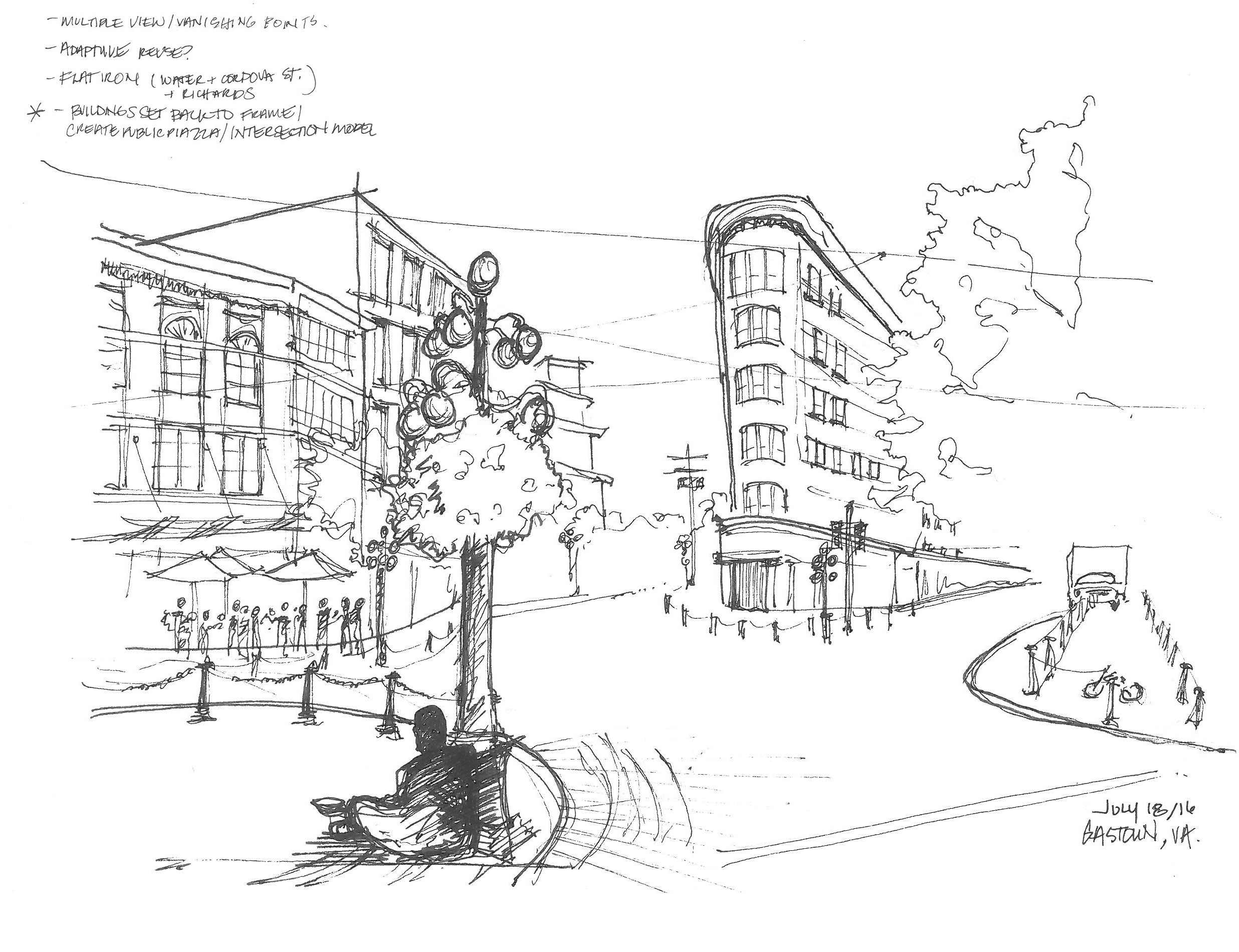
My research commenced through independent travel to selected North American walkable cities where I asked: What characteristics contribute to stimulating walks?
The trip included walking expeditions within Vancouver, Portland, and San Francisco, initiating in areas identified as The Most Walkable Neighbourhoods. My walks lacked protocol, in that I wasn’t restrained by time limitations or destination. I liked to think of myself as a drifter, who, according to Guy Debord, “weren’t like tadpoles in a tank, but were people alert to attractions of the terrain and the encounters they find there, capable of agreeing upon distinct, and spontaneous preferences for routes through the city”.
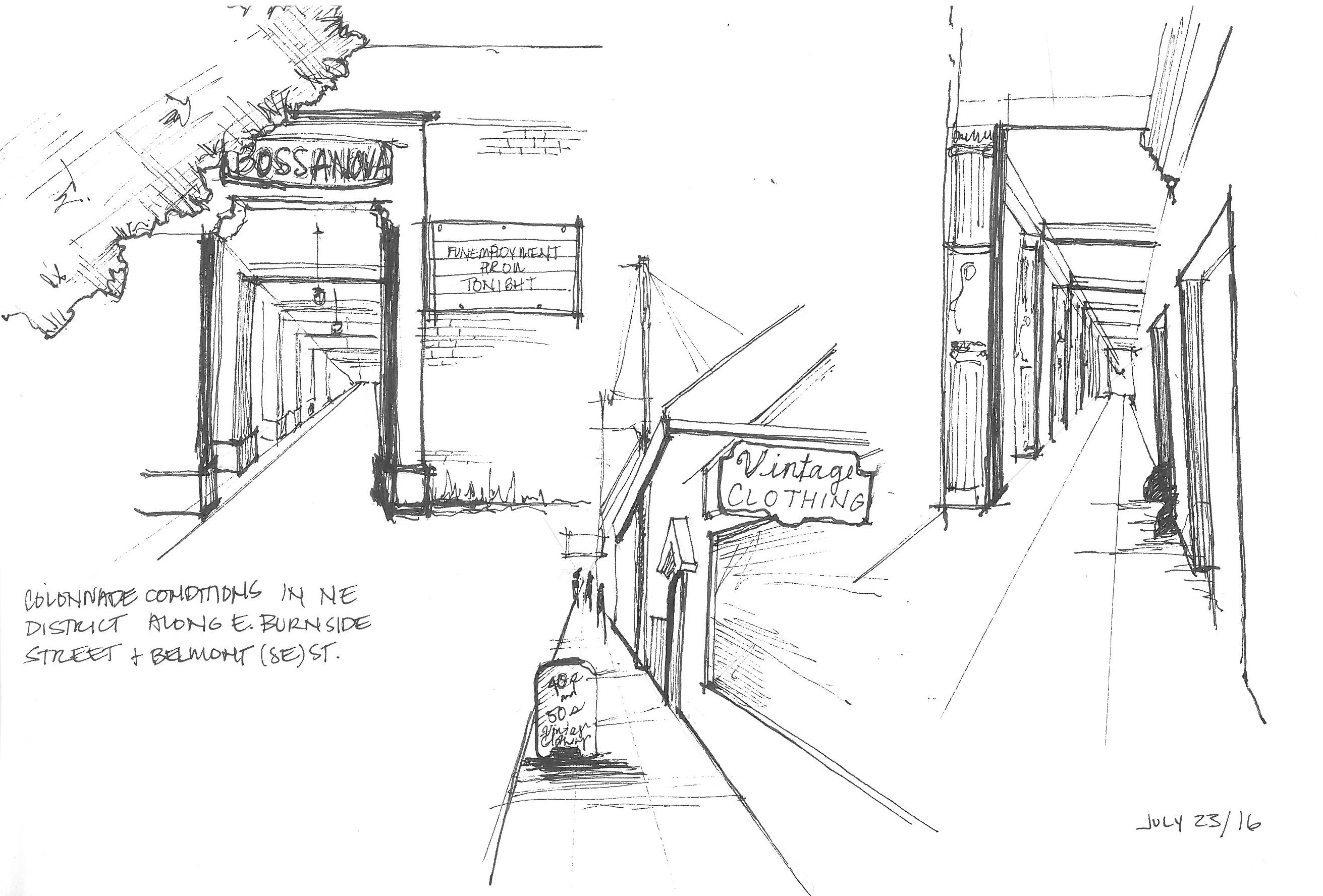
I recorded my routes via GPS and documented my observations through sketching and narrative journaling. The process forced me to pause in areas of interest and observe my surroundings in forensic detail. After completing my walking abroad, I found that my routes were largely impacted and enhanced by the following characteristics: points of detour (established by street grid structure), atypical conditions (such as active laneways and street art), performance stage (established on the presence of performers and an audience), and topographic variation (as a continuous ground plane).

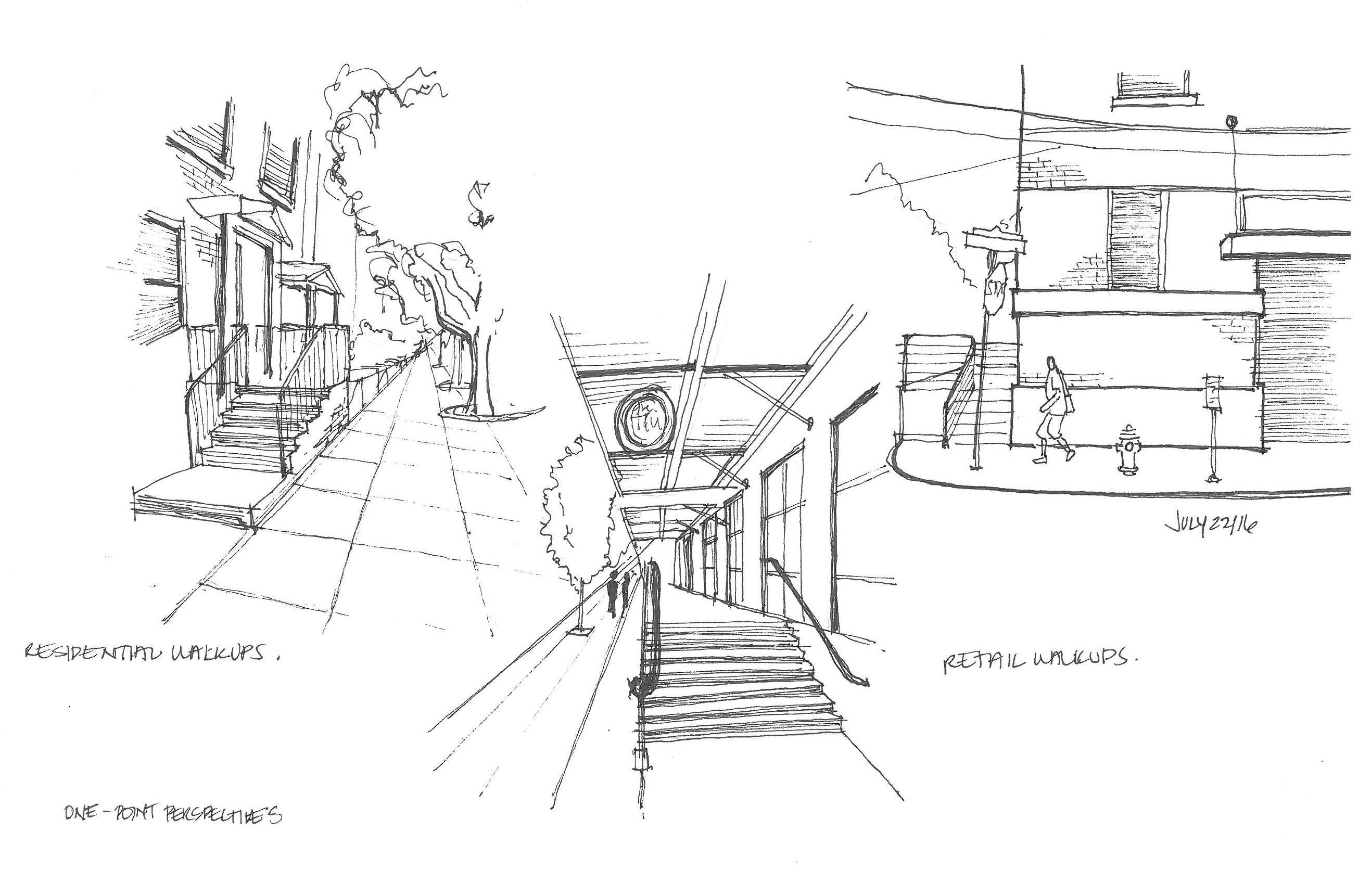
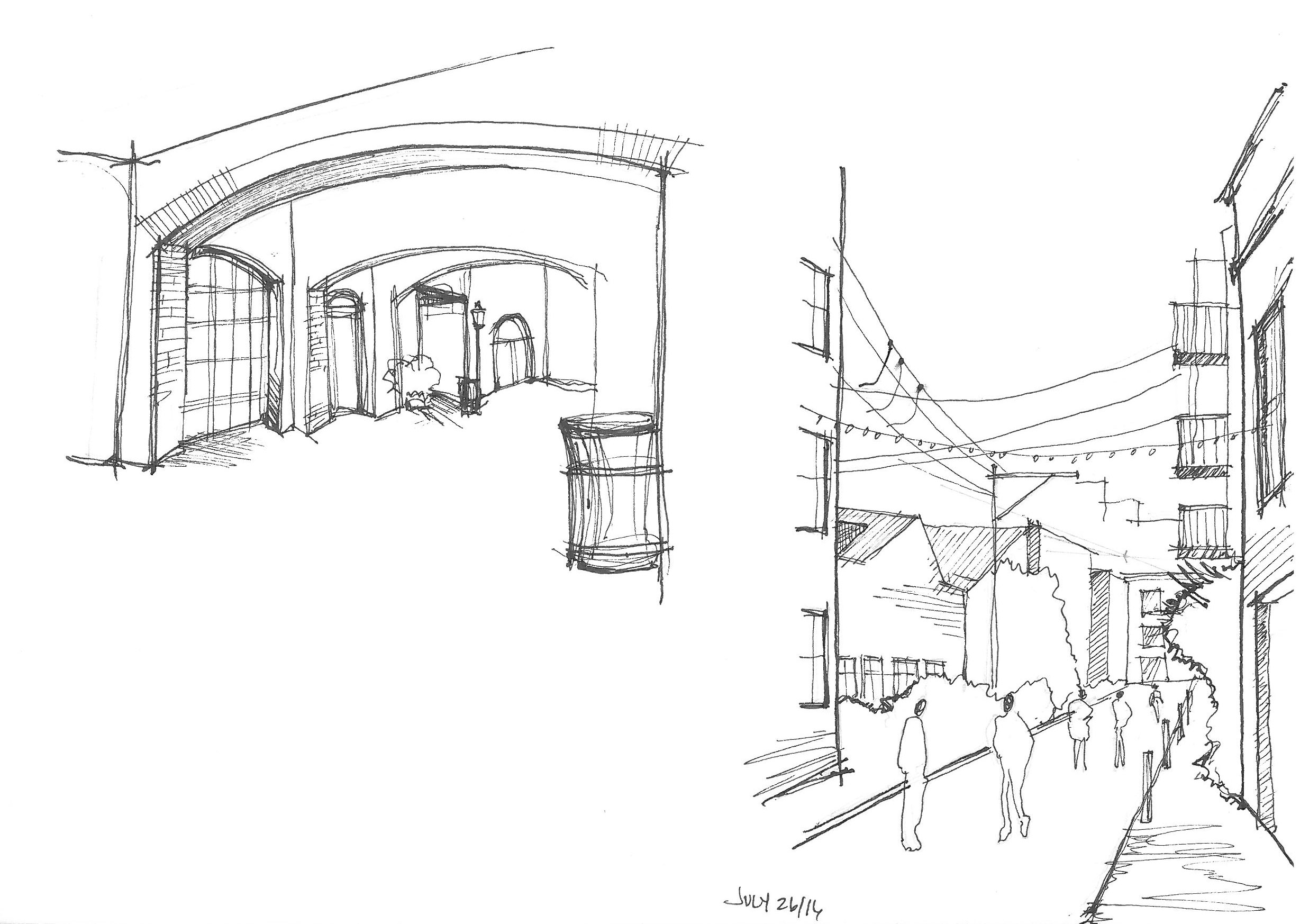

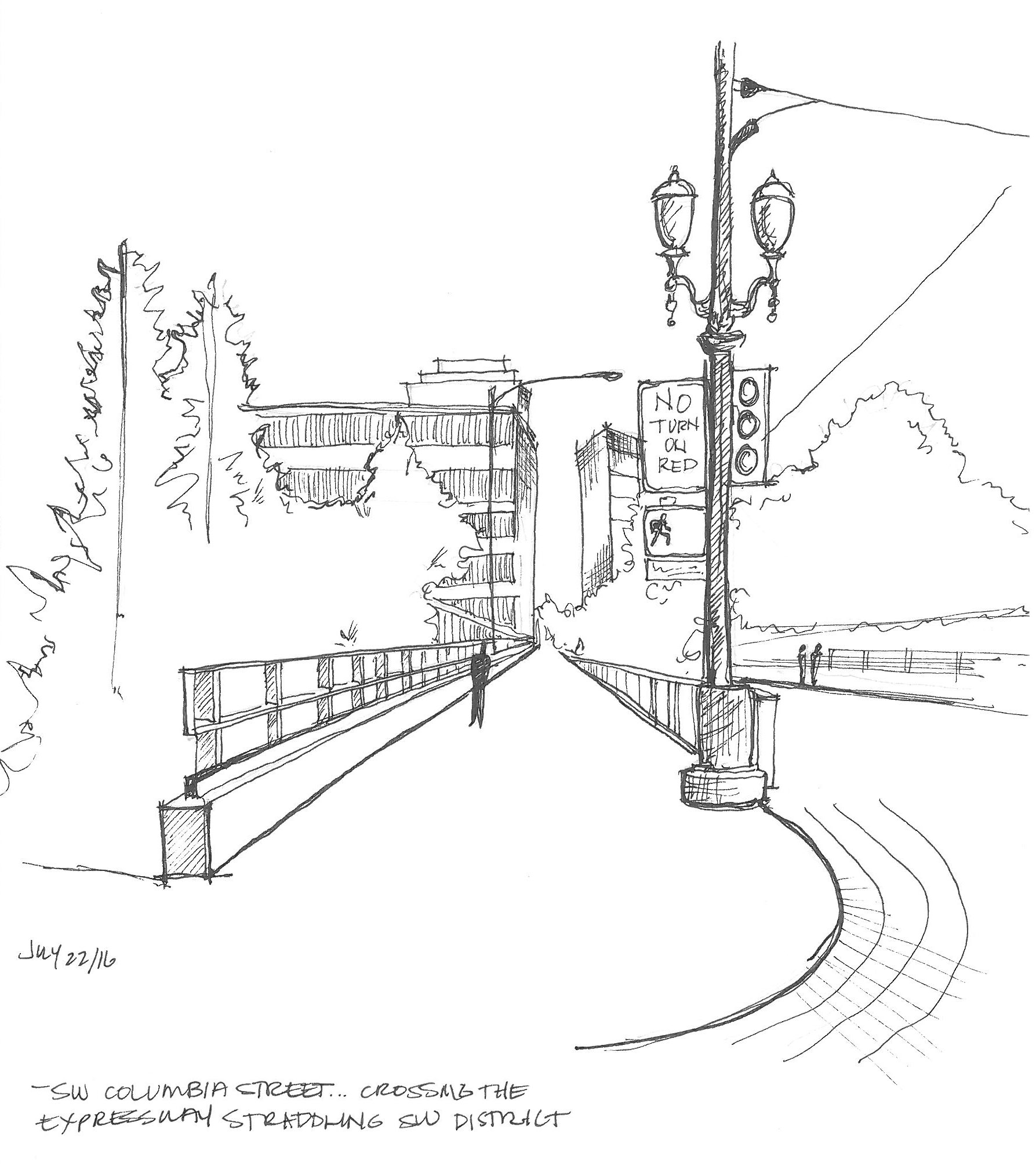
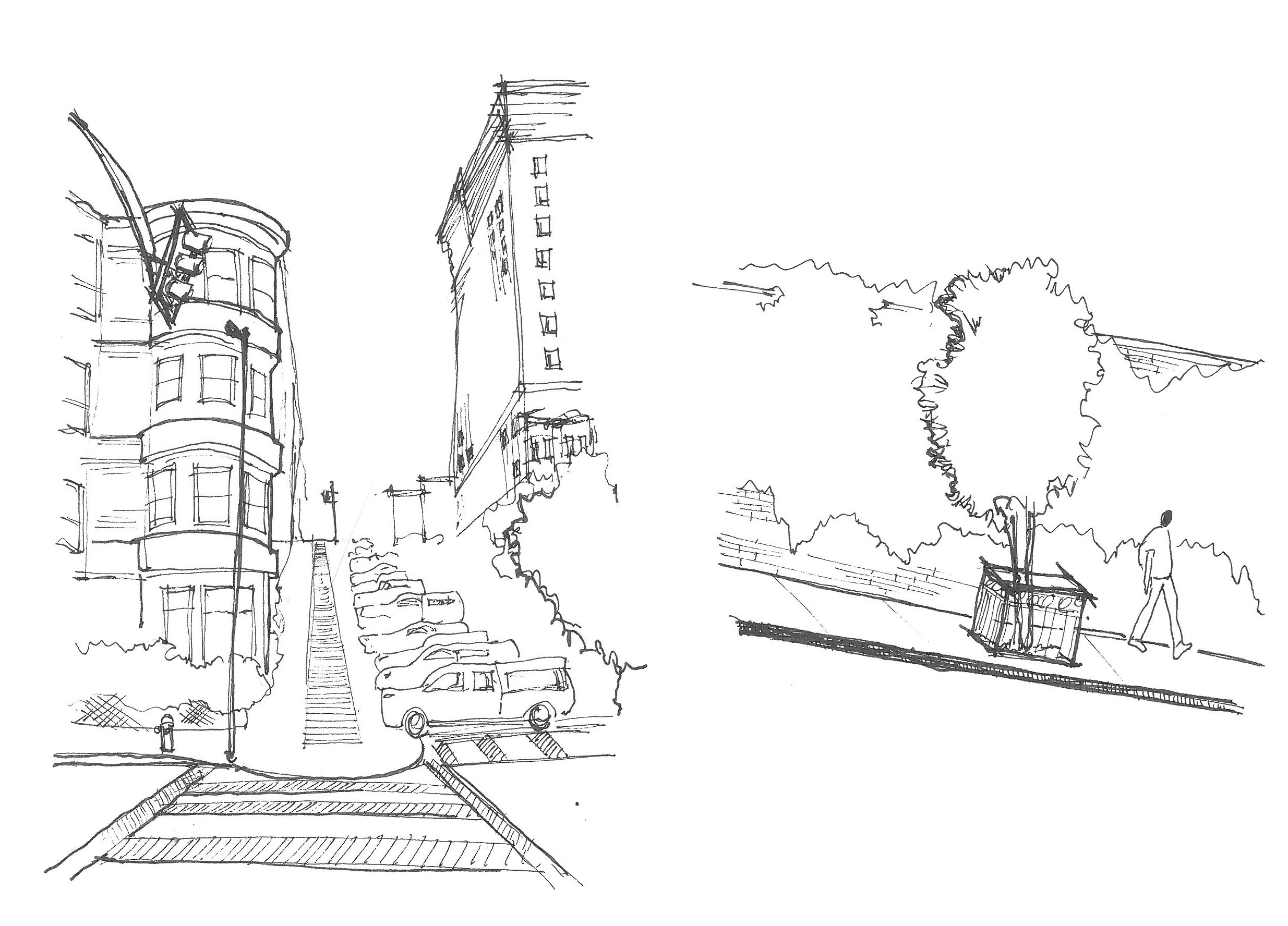
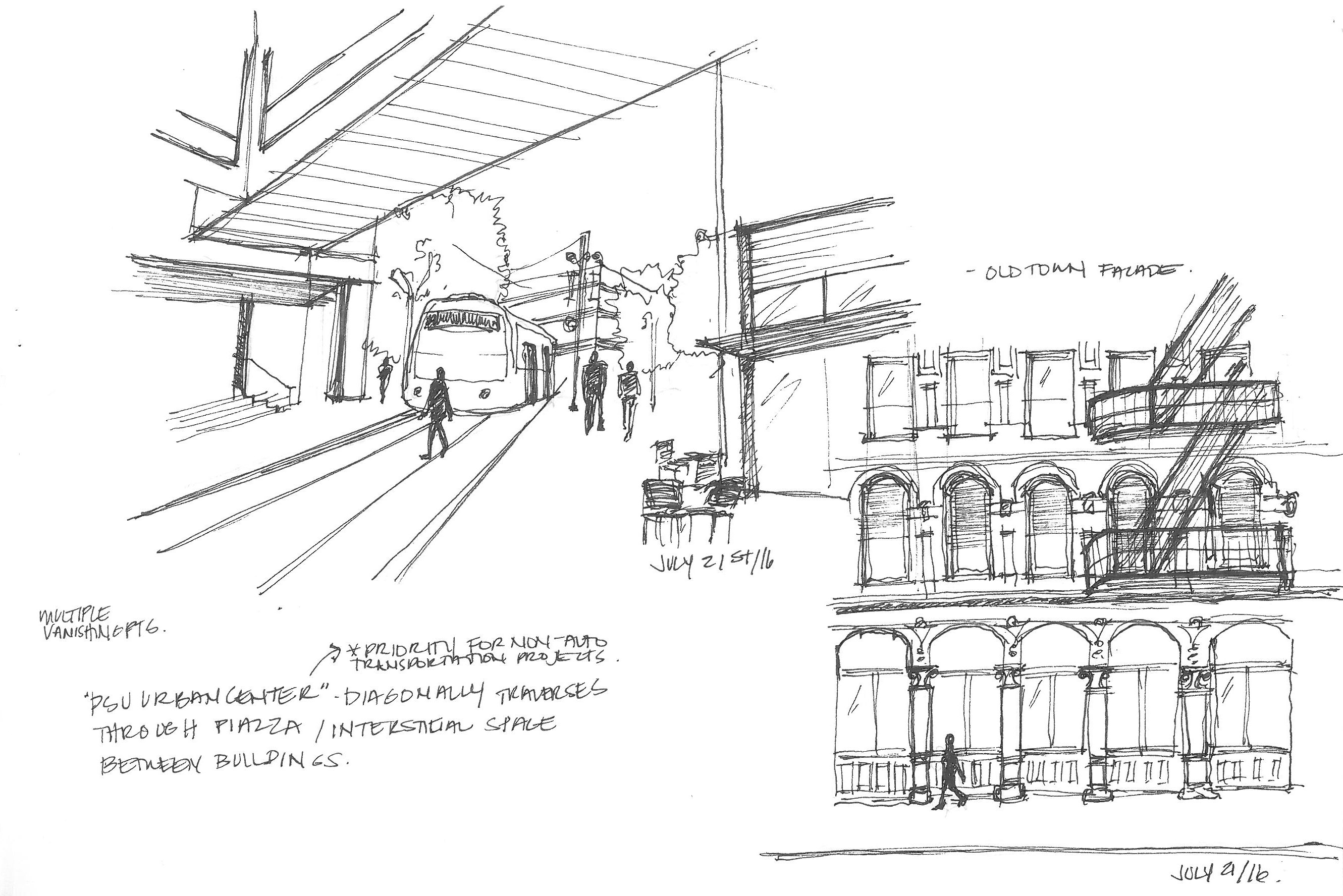


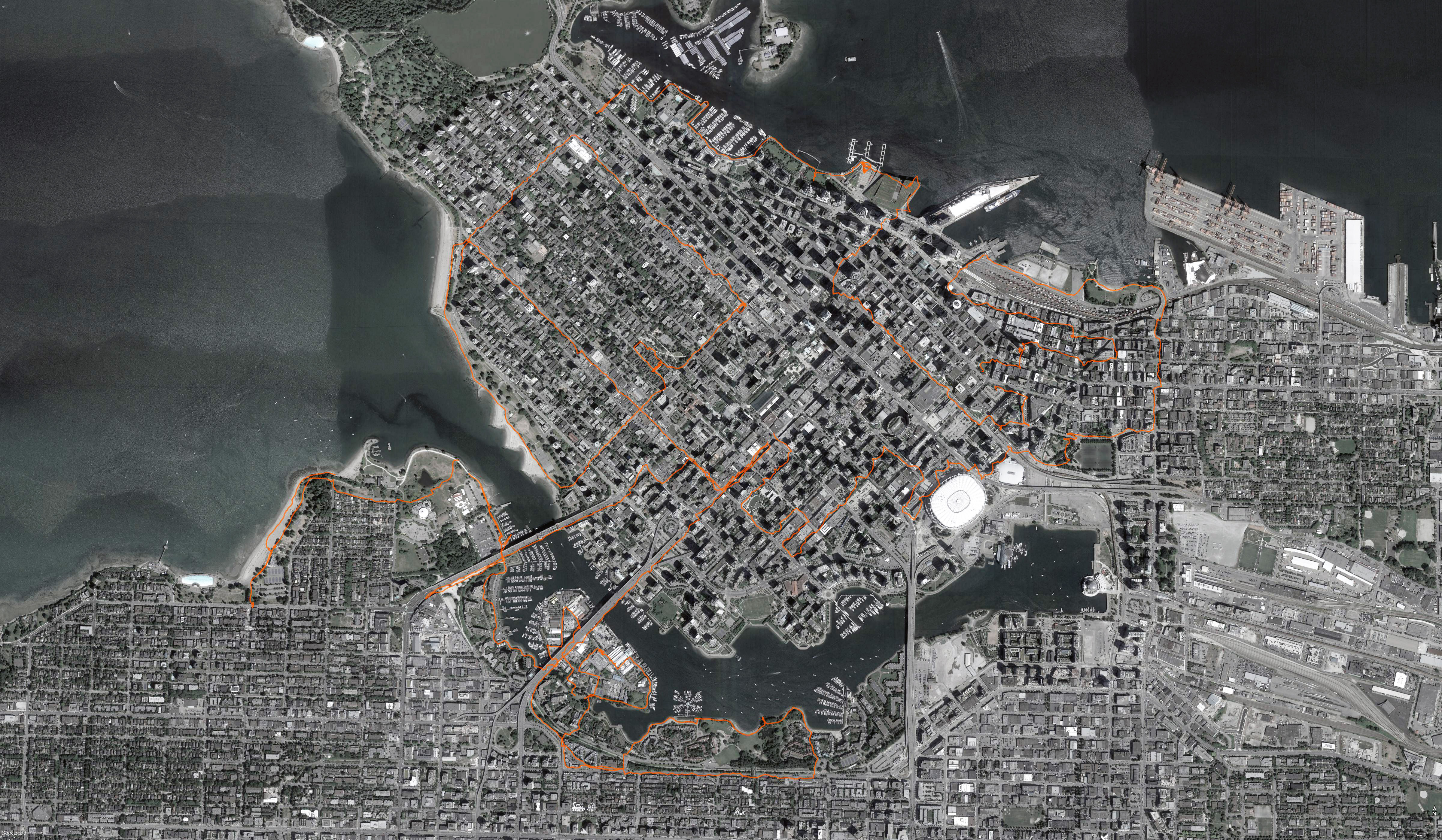
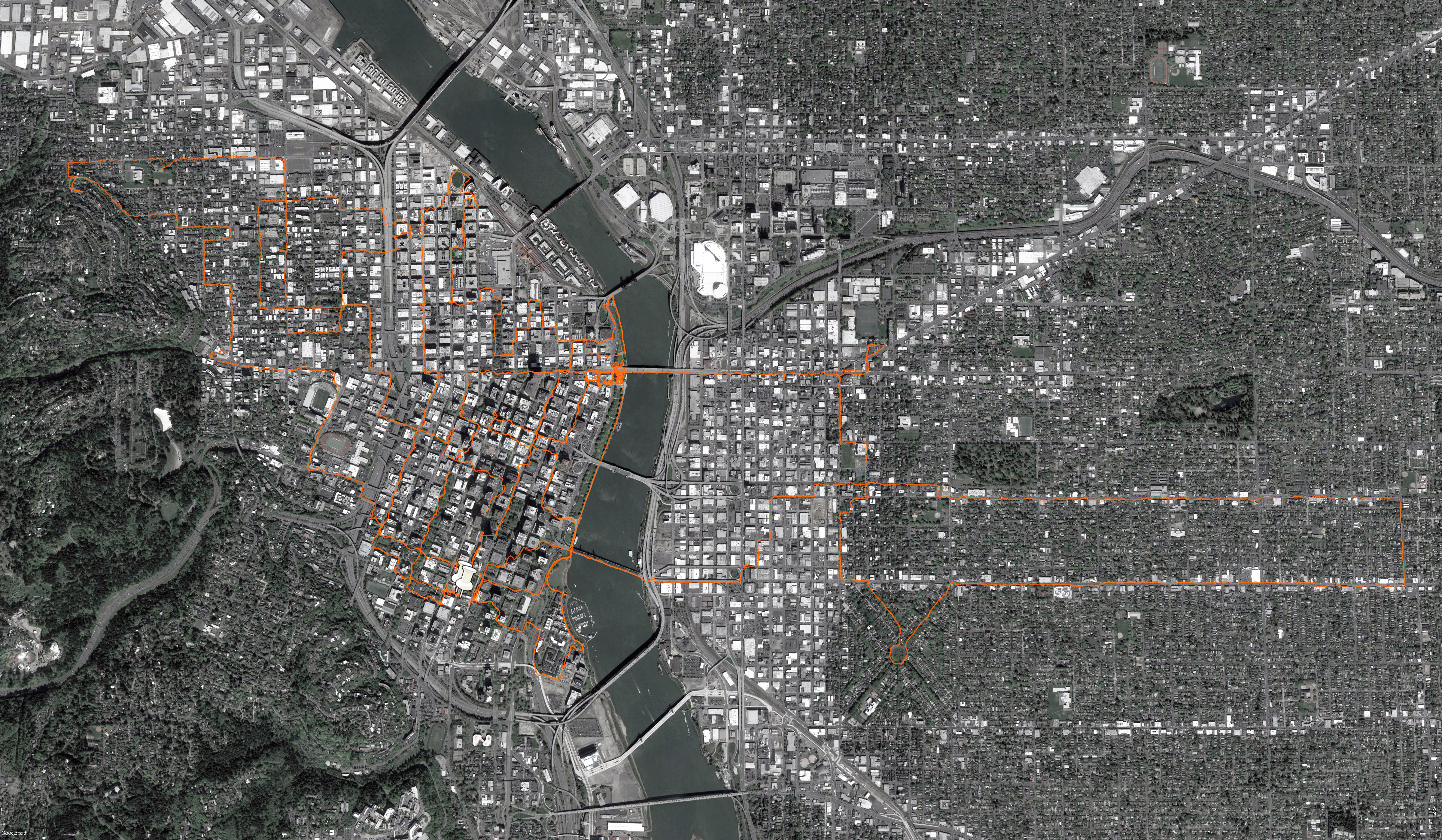
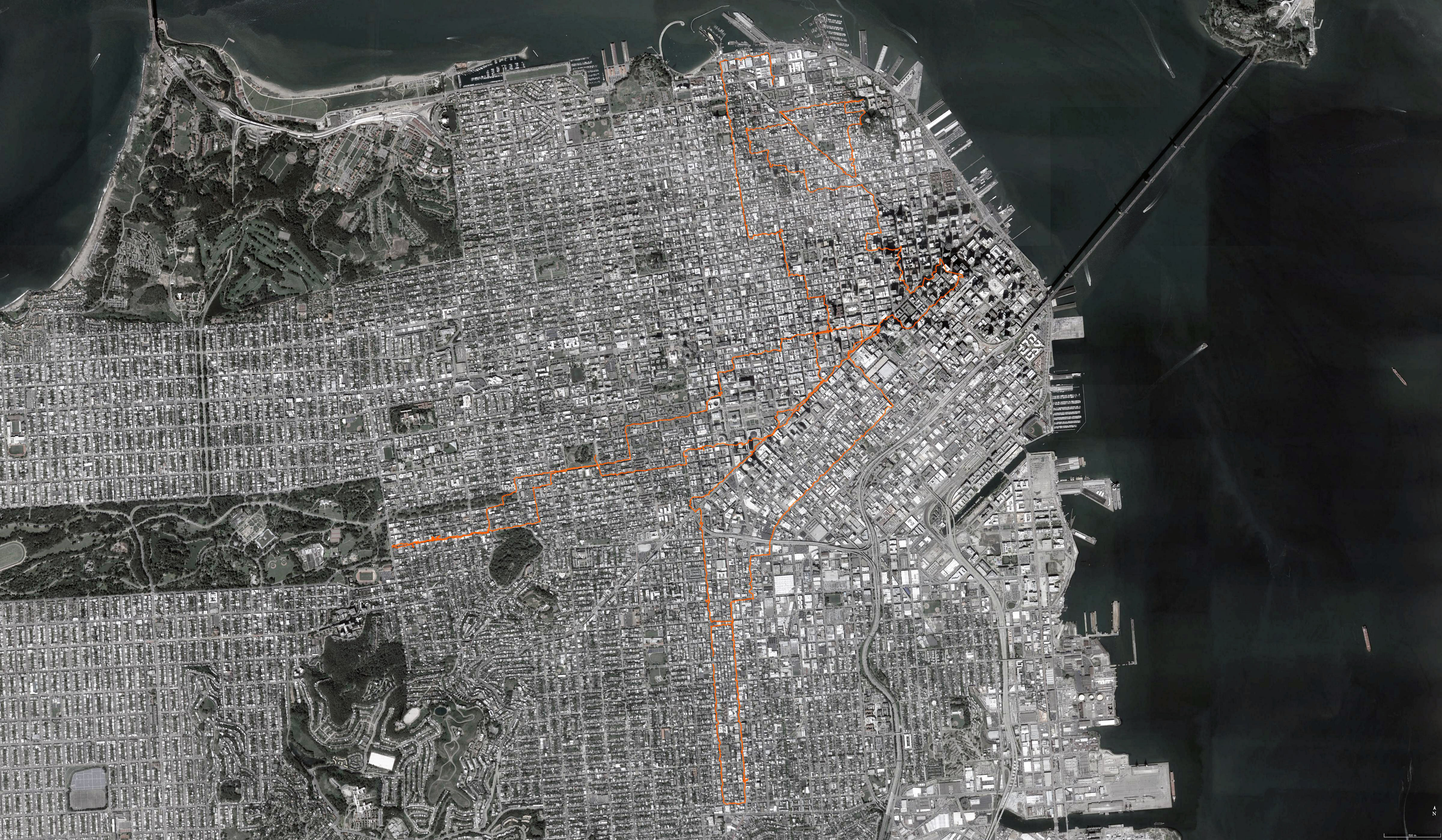
“Our gait is as personal as a fingerprint, and so are our multiple itineraries. Knowledge is grown along the myriad of paths we take”
— Tim Ingold
“Architecture is thus read as having the capacity to induce slow speeds, to inhabit silences, to trace new cultural vacancies and derelict spaces.”
— Felicity D. Scott
“Understanding cities and architecture – and communicating that understanding – involves telling real stories about real places…”
— Borden, Kerr, Pivaro, & Rendell
“Only an awareness of the influences of the existing environment can encourage the critique of the present conditions of daily life…”
— Sadie Plant
“It’s from the fragments,
the forgotten bits, that you actually read the world”
— Borden, Kerr, Pivaro, & Rendell




